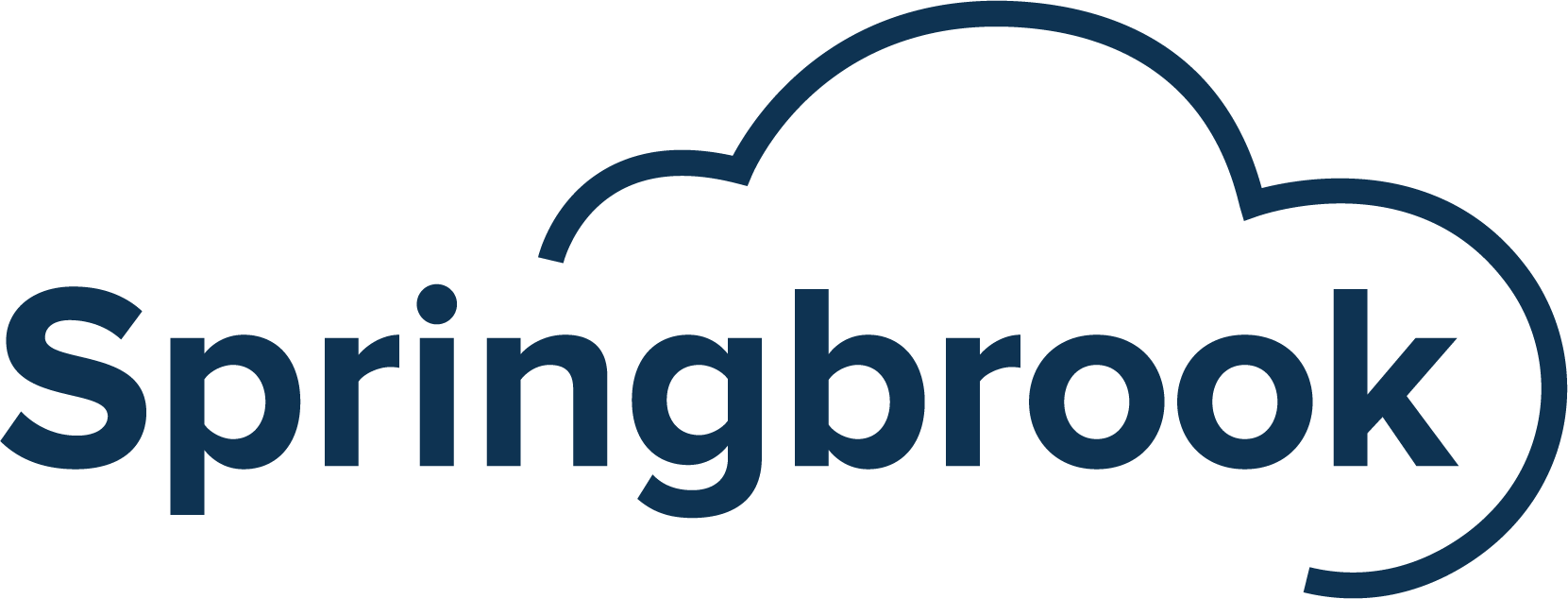As pollution, population growth, and climate change continue to impact freshwater quality and availability in the United States, providing residents with clean, affordable drinking water has become increasingly difficult. Municipalities face a host of challenges, from the drying landscapes and shrinking water reservoirs of the American West to an aging infrastructure and mounting maintenance costs impacting water affordability for millions of low-income citizens across the country.
Balancing affordable pricing with adequate revenue to cover expenses is more challenging than ever. This prompts organizations to implement income-based and age-based programs to increase water affordability for their communities, as well as water budgets and tiered pricing systems meant to encourage sustainable water use in arid climates.
As water utilities struggle with increasingly intricate billing processes, modern technology solutions are stepping in to help. These tools offer robust features designed specifically for municipalities trying to roll out increasingly complex water rates. They ease the management of complex billing scenarios and promote sustainable water usage while ensuring fairness in billing rates.
Escalating Water Scarcity
The aridification of the American West is a well-known issue, affecting the availability of drinking water for millions of residents. According to Reed Maxwell, a professor and researcher at Princeton University, “even with the record high precipitation in the 2022-2023 winter season for parts of the West, the decadal pattern is for continual aridification”.
This issue is particularly acute in the American West. However, natural water stores, such as snowpack, are declining across the country, as are other forms of precipitation, leading to diminished water in reservoirs. Many municipalities face tight water supplies and are forced to raise rates to cover the costs, while some are implementing tiered pricing structures to incentivize water conservation.
Addressing these challenges requires substantial investments in water infrastructure to adapt to changing climate conditions. Newsha Ajami, water expert at Lawrence Berkeley National Lab, highlights that the country’s water infrastructure was built for climate conditions that no longer exist and will require considerable investments to bring it up to date. Many systems have suffered decades of underinvestment and require significant overhauls to adapt to changing circumstances.
Climate change and dwindling water resources are undeniable challenges we must address. How municipalities choose to manage this valuable resource will be critical for the nation’s infrastructure.
The Rising Cost of Water
Amid water shortages, the cost of tap water has seen a significant uptick as well, affecting communities nationwide. According to the Boston-based utility research firm Bluefield Research, the average monthly water and sewer bill has increased 54% since 2012, surpassing the rate of inflation twofold during the same period.
The reasons for this latest cost increase are varied. The more than 148 independent public water systems across the United States face unique circumstances and challenges. For example, areas experiencing population growth contend with higher treatment and distribution expenses.
However, many critical hurdles impact all organizations equally. The maintenance of aging infrastructure and reduced government funding to support modernization efforts contribute significantly to the financial strain on municipalities. Much of the water infrastructure is 50-100 years old, including purification plants, pumps, miles of underground pipes, and sewage-processing facilities. With such antiquated systems, breakdowns and outages become more frequent, necessitating additional investments in maintenance, materials, and labor. A large percentage of this infrastructure is close to the end of its service life, and municipalities are left grappling with the impending burden of replacement costs.
While federal funding once covered a substantial portion of municipal water provision costs, this support has dwindled from one-third in the 1970s to a mere 4% today, shifting the financial burden on citizens. Inflation further exacerbates this situation, driving up expenses associated with supplying safe drinking water to citizens, including pipe, valve and equipment replacements, labor expenses, as well as the costs associated with regulatory compliance measures such as lead service line replacements.
The escalating threat of drought exacerbates these challenges. Analysts predict that changing weather patterns and extreme weather events, such as heat waves, will also impact water rates.
The Impact on Communities
Access to clean water is not only vital for various daily activities, from drinking and cooking to personal hygiene and household chores but has a direct impact on public health as well. For example, studies highlight the significant role clean water played in reducing mortality rates in the 20th century. Nearly half of the overall mortality reduction in major cities, three-quarters of the infant mortality reduction, and nearly two-thirds of the child mortality reduction can be attributed to clean water.
However, as water prices rise, not all citizens have equitable access to this essential resource. A recent Elevate report designed to understand the scale and scope of water affordability challenges found that the lowest income earners often have the highest water burden, leading to unpaid water bills and water shutoffs.
Pandemic-era programs designed to aid communities in need provided some much-needed relief. The Low Income Household Water Assistance Program, for instance, assisted 433,000 households nationwide in covering their water expenses. In California, Gov. Gavin Newsom ordered a moratorium on water shutoffs during the COVID-19 pandemic, while the California Water and Wastewater Arrearage Payment Program provided relief for the unprecedented levels of unpaid bills that accumulated in the early days of the pandemic.
However, as these assistance programs ended in 2023 and many municipalities are now catching up on price increases delayed during the pandemic, low-income households find themselves grappling with abrupt cost increases.
Impact on Government Agencies
Water affordability challenges not only affect households struggling to settle their bills but also put pressure on municipalities and, as a result, affect the integrity of the entire water system. While many municipal services rely on revenue from property and sales taxes or fees, water and wastewater services are predominantly funded through user fees collected from ratepayers, with water supply, treatment, infrastructure, personnel, and debt servicing costs factored into pricing. Consequently, water affordability issues and the resultant non-payment of water bills directly influence the level and quality of service municipalities can offer their residents.
A Circle of Blue analysis of public records revealed that the accumulated water bill debt in 12 U.S. cities exceeded $1 billion in 2020, ranging from $568,427 in San Francisco to $341 million in Chicago. This debt and the resulting cash flow problems directly impact a municipal government’s ability to provide essential services, affecting operations and regulatory compliance and causing significant delays in much-needed capital improvement projects.
With much of the infrastructure reaching the end of its useful service life and in need of critical maintenance or upgrades, such delays often result in substantial water loss through leaks and metering inaccuracies, further escalating the costs passed onto residents.
While some municipalities have chosen to avoid rate increases, this approach is not a sustainable or cost-effective solution in the long term. Charging rates insufficient to finance operations and maintenance leads to a further deterioration of the existing water infrastructure and burdens organizations with more expensive repairs down the road.
Increasingly Complex Billing Scenarios
As municipal drinking water utilities grapple with the challenge of balancing affordable pricing with adequate revenue to cover expenses, organizations must adopt tailored solutions to meet their unique needs. Many cities have implemented innovative strategies, including income-based and age-based programs that provide discounts and modified rate structures for qualifying citizens.
New York, for example, implemented a leak notification system coupled with a Leak Forgiveness Program in 2011, allowing for a portion of high water bills attributed to leaks to be forgiven. Similarly, in January 2022, the city of Evanston, IL, began offering reduced water and sewer rates for income-qualified residents, charging reduced rates to homeowners and enabling renters to receive an annual payment reflecting their estimated savings.
Many agencies, particularly in Western states, have also transitioned to water budgets and a tiered pricing system to address water scarcity, encourage efficient water use, and comply with state-wide mandates, such as California’s ‘20% by 2020’ initiative, aimed to provide equitable means to reduce water usage during shortages. California’s tiered pricing system creates a financial incentive to reduce water use by charging residents lower rates for efficient indoor water use essential for public health and safety (Tier 1), higher rates for efficient outdoor use needed for landscaping (Tier 2), and the highest rates for households exceeding the personalized water budget of 55 gallons per person per day.
While these initiatives certainly help make water more affordable and encourage conservation efforts, they also pose challenges for water utilities, including increasingly intricate billing processes.
Using Technology to Streamline Utility Billing
Modern finance ERP solutions with a feature-rich Allocation Billing module designed specifically for municipalities trying to roll out water conservation strategies with increasingly complex water rates can relieve government staff from the burden of managing complex billing scenarios, promoting sustainable water usage and fairness in billing rates.
Allocation billing involves complex equations based on the analysis of multiple variables, including the expected amount of water each household is anticipated to use, the number of residents, the size of the home, the time of day, changes in weather, and periods of drought. Leading ERP software empowers organizations to easily address this challenge with advanced calculation rules for each unique scenario, including indoor and outdoor water budgets.
With a leading Allocation Billing feature set, water usage can be billed based on “budgeted allocations” rather than on actual consumption and factor in a wide range of variables, such as lot, account, and conservation data, to accurately determine consumption and billing for each account. Billing tiers can be implemented for each budgeted rate, which enables rate increases when usage exceeds allocated amounts.
Advanced ERP solutions give agencies full control, allowing them to designate account-specific level breaks and penalty tier methods. Fully integrated with utility billing, Allocation Billing also increases consumer transparency by displaying the allocated budget and usage on bills.
Water utilities face multifaceted challenges, from climate change to infrastructure issues and rising costs. However, as organizations implement innovative approaches such as water budgets, tiered pricing systems, and targeted assistance programs to address water scarcity and affordability, modern technology solutions are stepping up to help.
Modern ERP solutions with built-in Allocation Billing modules offer organizations the robust feature set needed to streamline complex rate calculations, relieve government staff from the burden of managing complex billing scenarios, and help agencies provide equitable water access to residents.
Springbrook’s new Allocation Billing module was designed for municipalities contending with complex challenges and has been beta-tested in California, an area already implementing tiered water allocation billing. Its advanced feature set offers a comprehensive solution for complex water billing scenarios for municipalities of all sizes.
Learn how a modern finance ERP with a leading-edge Allocation Billing module can help your organization tackle increasingly complex billing scenarios.


